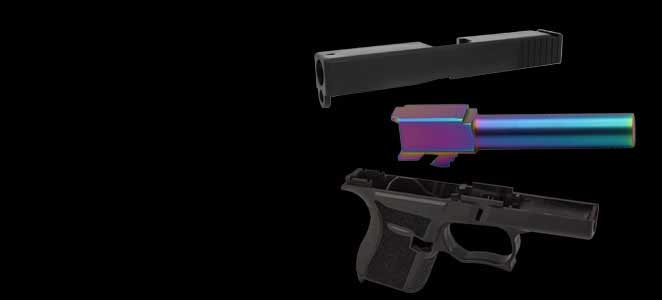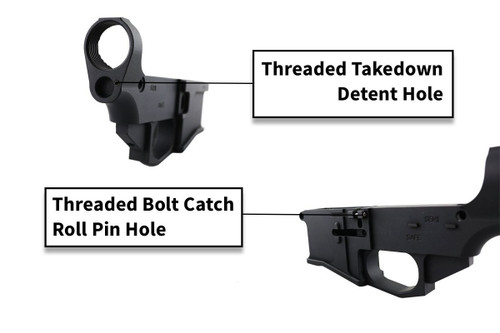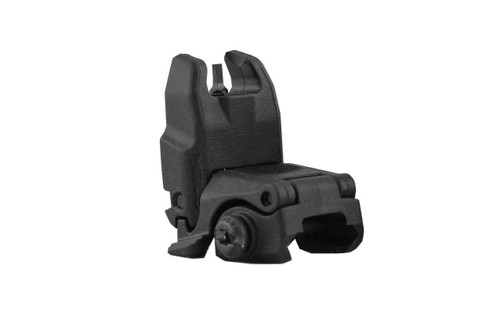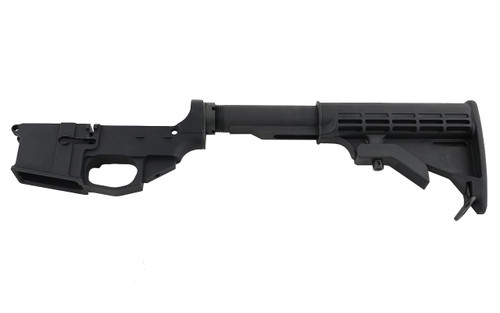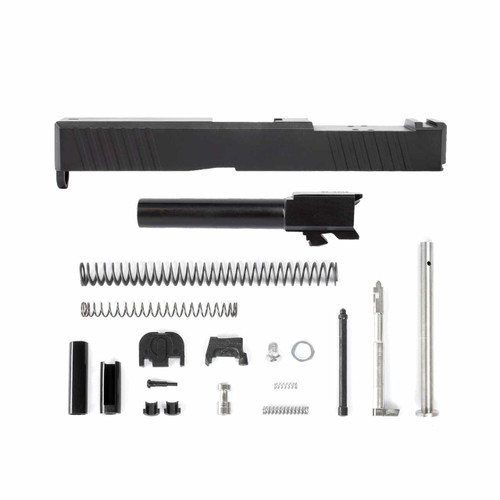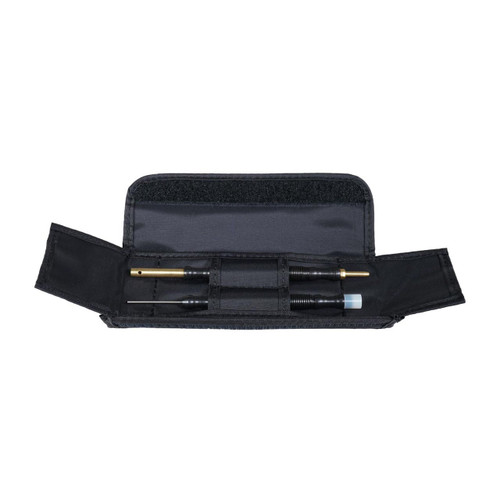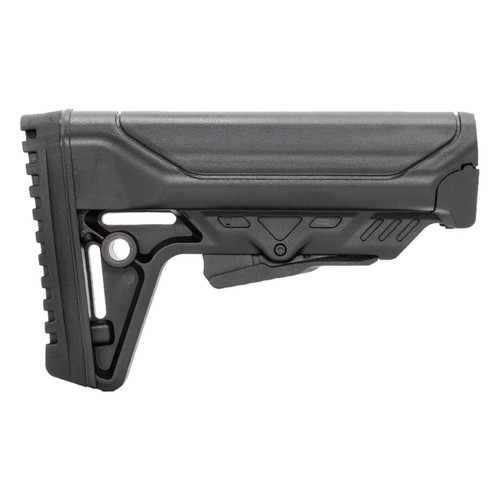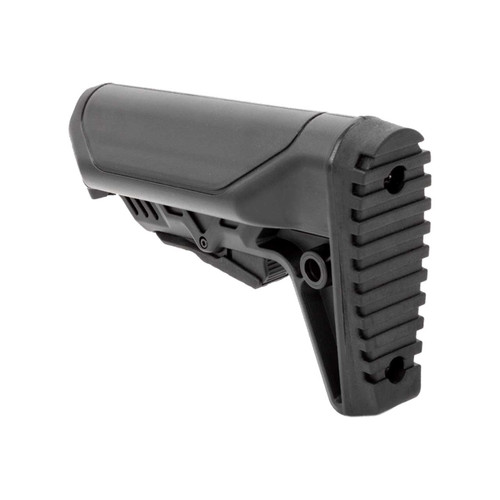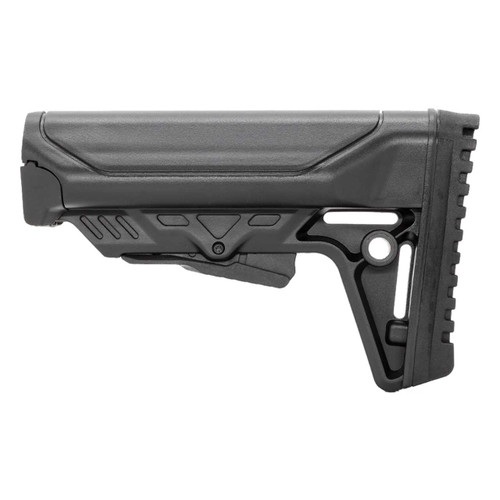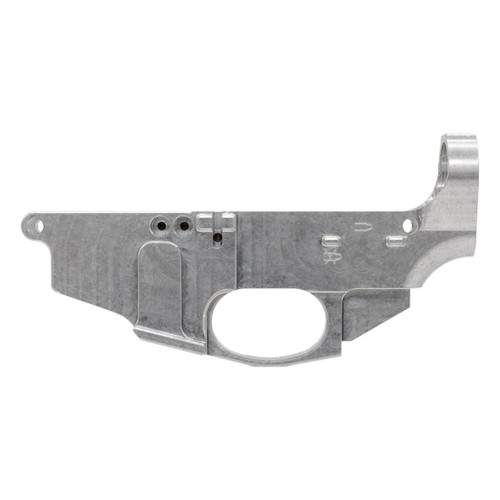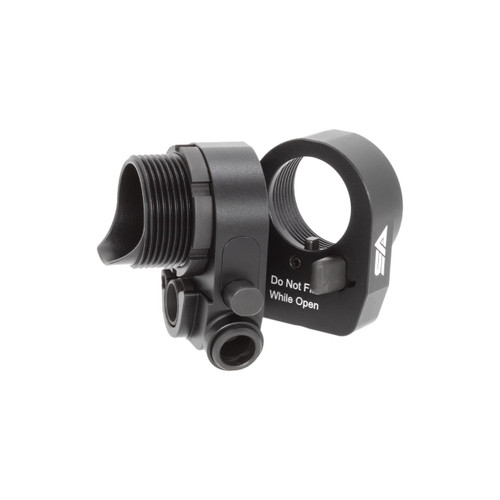UPGRADE YOUR BUILD
With These Trending Parts & Accessories
BUILDERS' FAVORITES
You Need These...
-
SaleWas: $74.99Now: $69.99
-
-
Sale
Blemished - 80% Lower Fire/Safe Marked - Anodized Black
Was: $64.99Now: $59.99 -
-
.308 80% Lower - Billet
$119.99 -

-

-
Featured Products
Popular Trending Products
-
-
-
Sale
80% Lower Fire/Safe Marked - Anodized Black
Was: $74.99Now: $69.99 -
Sale
AR9 80% Lower Fire/Safe Marked - 9mm - Billet
Was: $119.99Now: $99.99 -
-
-
Sale
Blemished - 80% Lower Fire/Safe Marked - Billet
Was: $89.99Now: $84.99 -
New Products
Recently Added
-
-
-
-
11-Piece 1911 Pin Set
$24.99 -
Our Story
a little bit about 80% Lowers












